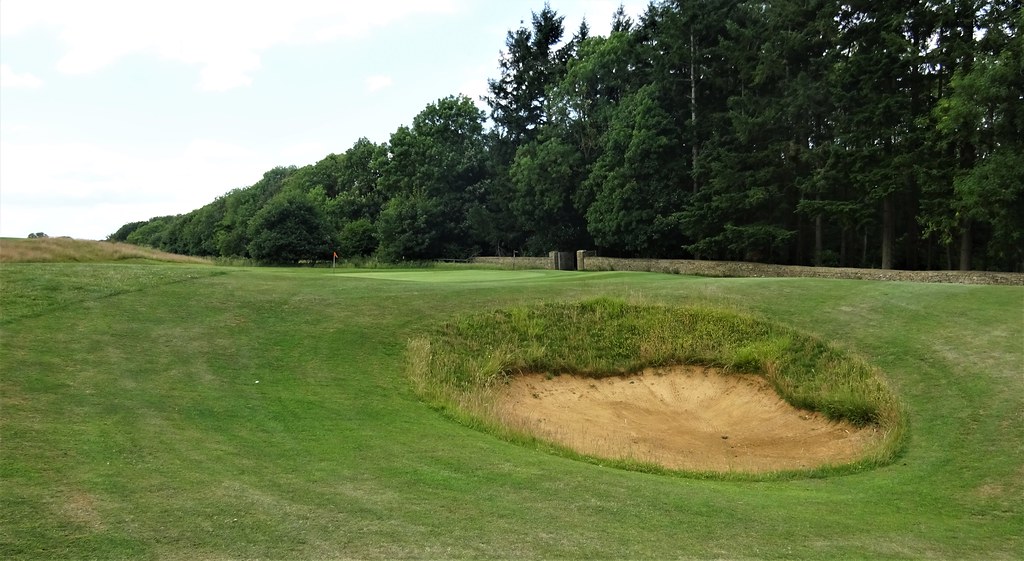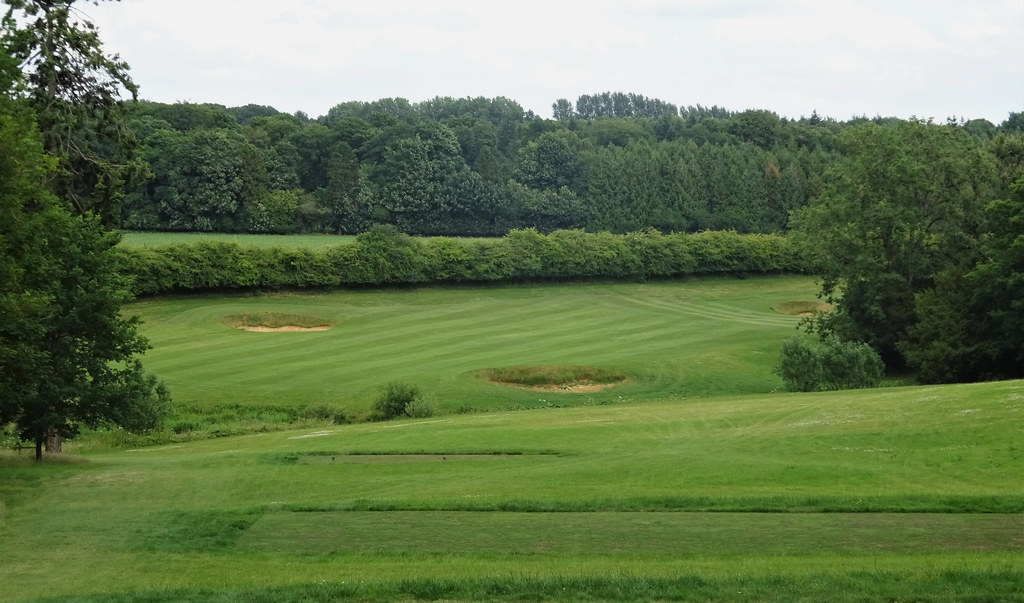An interesting man, Charles Talbot, 1
st Duke of Shrewsbury, was one of the Immortal Seven which invited William Prince of Orange to depose James II during the Glorious Revolution of 1688. Throughout his career Talbot would choose a creative balancing act between Monarchs and competing factions…a very common and common sense approach to politics in the 17th century. The Duke, however, was adamant that he wanted a baroque Italian style villa in the Oxfordshire Cotswolds. He found his land in a valley between Enstone and Heythrop near the market town of Chipping Norton and engaged one of the few English architects at the time capable of such a commission, Thomas Archer. Unfortunately, works weren’t completed before Talbot’s death in 1718. The house has gone through many iterations, perhaps none more so when the Jesuits owned the property as college for philosophical and theological studies from 1926 to 1970. Jesuit additions to the property include the ironstone wings. Some of the less salubrious buildings were torn down when the property became a resort which opened in 2010. Although the resort additions to the grounds are dubious at best.
The formal and informal gardens of Heythrop Park are somewhat famous in architecture circles. It is thought Heythrop Park is an early example of the more natural garden style embraced by the likes of Capability Brown and Humphry Repton. By the time the property was acquired from NatWest in 1999 by Firoz Kassam, the gardens were in a poor state. Entire fields were cleared of trees, replacement trees weren’t planted and wrong species were permitted to invade. Mackenzie & Ebert, both designers who worked under Donald Steel for many years, had to restore some of the garden and design the new course within the framework of park preservation/restoration. These restraints make for some awkward moments during the round, but planning permission wouldn’t have been granted without a park restoration element to the project. Despite this marriage of interests, alarmingly, a large number of replacement trees have been planted hard on fairways. These trees will threaten to bury the course under foliage if an extremely efficient tree management scheme isn’t adopted sooner rather than later.
The opening hole is somewhat constrained by large specimen trees, however the raised green (nearly all the greens are either raised or on high ground) hints at good things to come. The short 2nd is a fairly straight-forward hole. It is on the longish par 4 third that the course becomes quite interesting. Left bunkers protect a good line of approach which can utilize the banked right side of the fairway near the green.

Coming back on the third, the three shot 4th runs the length of a wall down the right. Somewhat surprisingly, a fair amount of shaping was done to give pause to golfers thinking about going for the green in two. Generally speaking, Heythrop's bunkers are very well placed without a sense of obtrusiveness. I spose it depends on one's PoV if this is a good approach on a parkland course; I tend to think it is.


It seems as though much of modern architecture features sharp doglegs...a design concept which I think is very difficult to do well. Unfortunately, Heythrop's acute leggers are not the strength of the design. The 5th, a nearly 90 degree right dogleg is a case in point. Water must be carried to achieve the optimal landing zone. Due to the severe grade of the hill, and trees on the right, laying up in the rough is not a very good option. I wonder if it isn't better to have a very back tee and a very forward tee on this hole?


A highly entertaining hole, the 6th, although a par 4, is reachable for the perfectly executed drive. I am unsure about the trees online with the green. I dislike breaking up views to greens this way, but trees do serve to bring the right bunker into play and protect the 24 carat line of approach.

There is a sweet spot between the trees and the admirably placed bunker.

More to follow.
Ciao